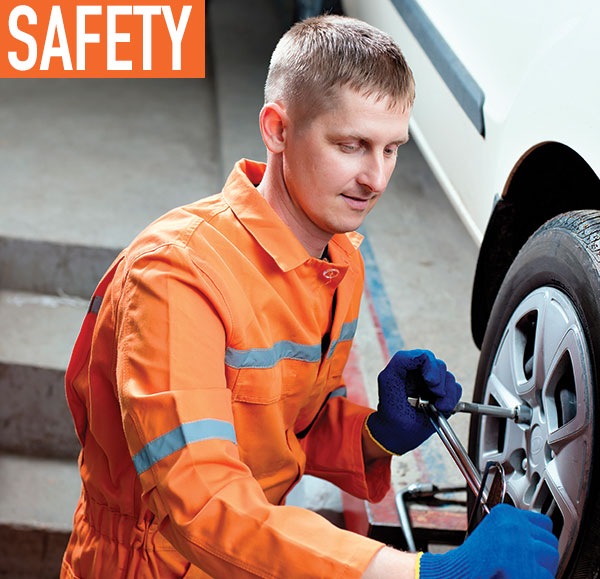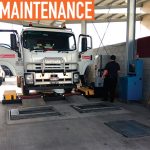Selecting the right tires is key to receiving the best value and performance from your replacement tires. Here are a few key factors to take into account when purchasing replacement tires:
Select the best tire for your application: Start by looking at the same tire size that you currently have on the equipment, then explore what options are available in that size to meet the specific conditions under which the equipment will operate. For example, this might entail specific load carrying requirements, weather conditions, or environmental issues, such as SmartWay-verified products or tires, which operate well in snow conditions.
Consider value, not just cost: A replacement tire that offers the best value is not necessarily the one with the lowest price. Select a tire that is best for your application needs, while also offering good performance and durability. That’s the best measure of the overall cost of ownership and return on your tire investment.
Maximize tire life: For additional durability, run with tires as close to the tire manufacturer’s recommended air pressure as possible. This allows the tire to perform as it was designed, which promotes maximum casing and tread life.
Fuel costs: Fuel costs represent the single highest non-payroll operating expense in most fleets. Rolling resistance of the tire accounts for approximately a third of fuel costs. The lower the rolling resistance, the less fuel consumed. A three-percent reduction in rolling resistance translates into a one-percent fuel savings—or an increase of .06 mpg. Low rolling resistance tires can offer both performance and fuel savings.
Performance expectations: Performance expectations need to be realistic and take into consideration all aspects of the operations. If a fleet runs multiple applications, then the expectations must be different for each segment of the operation. Likewise, fleets with multiple locations may need to adjust their expectations for that zone. It would be unrealistic to have the same targets.
Load calibration: The only way to make sure is to know the loads they are carrying and to use a load and inflation chart to determine what the pressure should be. Tire selection should include maximum loads the fleet may be carrying under day-to-day operations. Every tire manufacturer publishes load and inflation charts for their tires. This information appears in their data book, service manual, and on their website. Tires are designed and optimized to carry a desired load at a specified pressure. Proper pressure for the maximum load being carried is very important. Under-inflation and over-inflation for the loads being carried will affect tire and casing life and performance.
Maintenance policy: To get the maximum life out of its tire asset and to extend the life of tires, fleets should always have a good written maintenance policy in place to specify the maintenance practices they want followed. This policy should be specific to its vehicles, equipment, geography, loads it carries, time on the road, and other pertinent factors. It should also cover the specifics of new replacement tires entering the fleet, as well as a retreading policy. A part of this maintenance policy should include scrap analysis.
Retreading: All-steer casings can be used for driver and trailer retreads. A casing is fully capable of moving to either position, depending on the casing’s age and condition. Individual fleets need to determine load composition, guaranteed delivery times, winter travel, and other sensitivities when determining retread policies. As a rule, the number of times that a tire can be retreaded depends on the application. For example, a steer tire can be retreaded into a drive axle tire.
ABOUT THE AUTHOR:
Ralston Moore is the customer engineering support manager for Michelin Americas Truck Tires. Find out more about Michelin Americas Truck Tires, contact your Michelin Americas Truck Tires dealer or visit www.michelintruck.com.
_______________________________________________________________________
MODERN WORKTRUCK SOLUTIONS: AUGUST 2016 ISSUE
Did you enjoy this article?
Subscribe to the FREE Digital Edition of Modern WorkTruck Solutions magazine.
![]()




